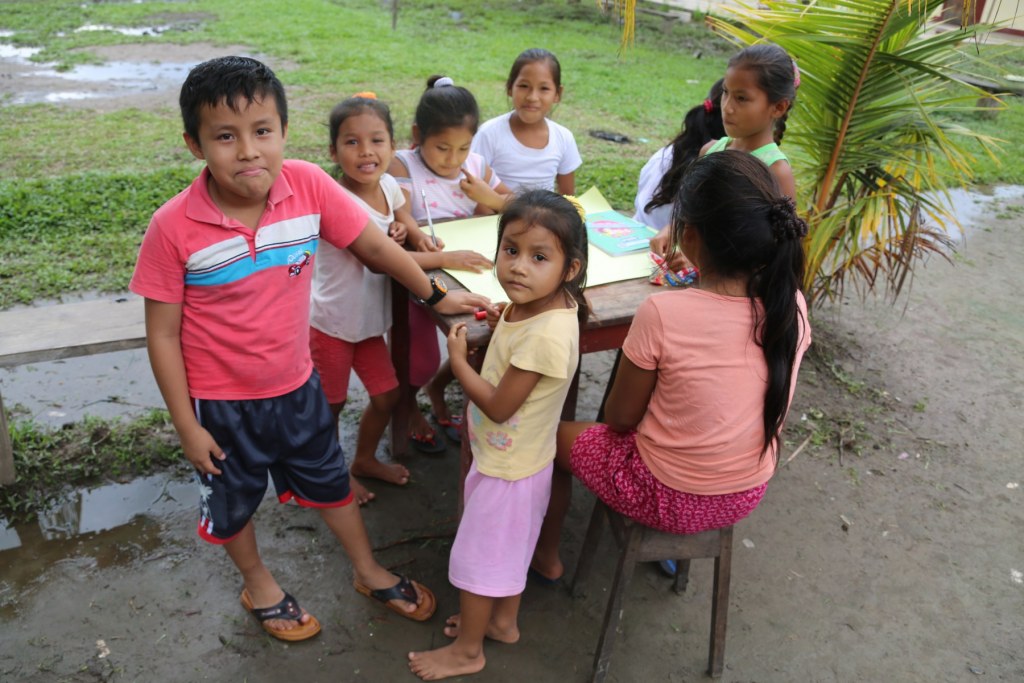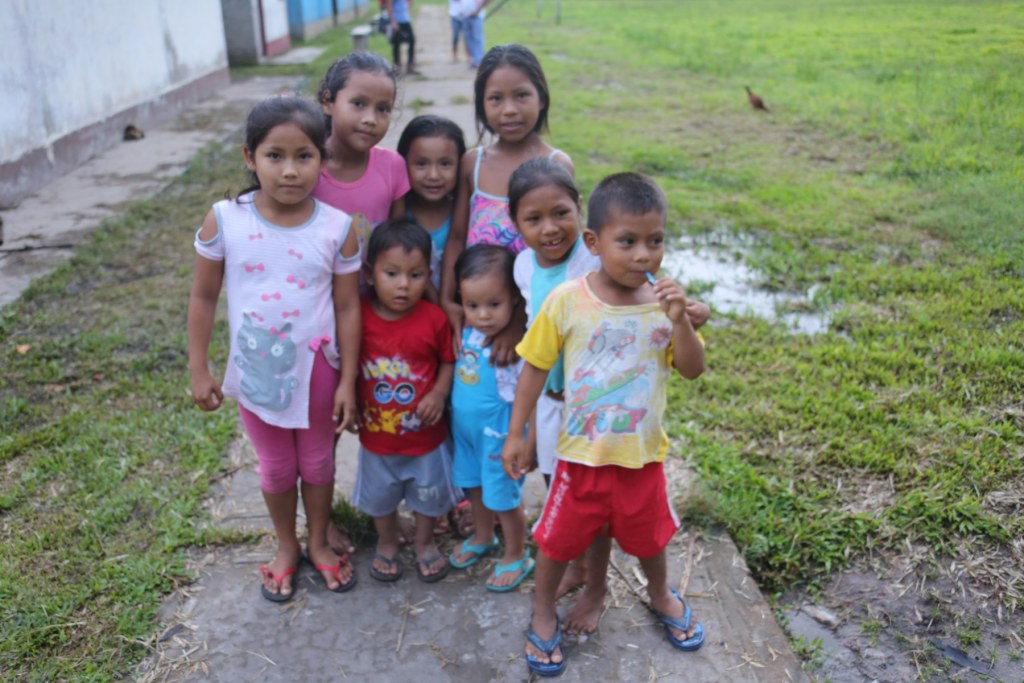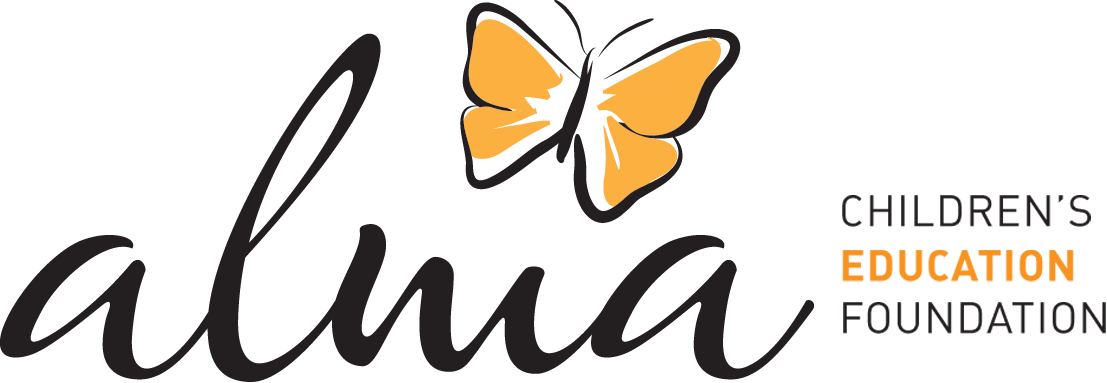
When we first begin a new project, and in every meeting, we have with community members after, our project coordinators and I always repeat one key idea: “This is not only an Alma project, but a partnership between the community, Alma, and local authorities.” Though our projects have changed since Alma began in 2010, this founding philosophy has not. And we stick to it, even when we’d like to do otherwise.
I was recently in Beni, Bolivia to visit our projects there and took the opportunity to meet with the parents and other community members in all of the 13 communities we work in. Usually, these meetings are to discuss details of the project that need to be defined, hash out responsibilities and to do’s until the next meeting, and get a clear sense of where the project is and where it is going. That last part, however, can sometimes be a cause of debate.

In two communities, our meeting went over three hours as parents, state teachers, local authorities, Alma coordinators, and I debated how to more fully incorporate computer skills into the cultural activities in one and best practices on integrating Alma’s methodology in the regular school day in the other. In the first meeting, I felt we had enough computer science built into the project, but walked out with a new plan for more complete computer incorporation. In the second community members didn’t think the state teachers would accept Alma’s more complex methodology, but we finished with a scaled incorporation plan. We all offered ideas, threw them out, offered new ones, pressured each other for more, and came to a consensus.
It would have been easy to take the steering wheel and decide for ourselves what is best, but we surely would be incorrect and would lose the collaboration that our projects rely on. We have better projects with full community support because we mean it when we say that our projects are partnerships, and we all have a say in how to make it the most meaningful project possible.
Ian McGroarty, Program Director
